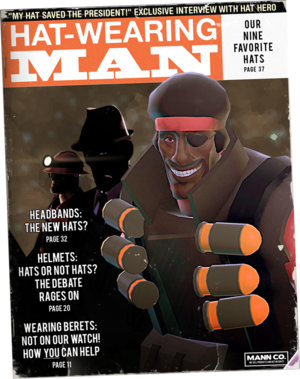From Dust to Divinity: Remembering the Golden Age of Counter-Strike: Source Custom Maps (2004-2008) For many of us who cut our teeth on Counter-Strike: Source between 2004 and 2008, the heart of the game wasn't just in the official maps.

For many of us who cut our teeth on Counter-Strike: Source between 2004 and 2008, the heart of the game wasn't just in the official maps. It was in the sprawling, often bizarre, and endlessly creative world of custom maps. These community-crafted creations transformed CS:S from a tactical shooter into a playground of emergent gameplay, a testament to the power of modding and the passion of its community. As a mapper during that era, I witnessed this evolution firsthand, and I'm here to share some memories and insights into this golden age.
The Wild West: Early Limitations and Blocky Beginnings (2004)
The launch of Counter-Strike: Source was exciting, but the initial tools and resources for mappers were… rudimentary. Hammer Editor, the venerable Source engine level editor, was powerful but had a steep learning curve. Textures were limited and often tiling was obvious. Lighting was basic. The result? Early custom maps, while charming in their own way, were often characterized by simplistic geometry and a certain "blocky" aesthetic.
I remember spending hours trying to get even basic lighting to look decent. The maps of this era had a very distinct look because of these restrictions. Early iterations of aim_ maps were common, little more than enclosed arenas for honing your headshot skills. "Fun maps" existed too, typically with bizarre themes and simple layouts. While far from polished, these early maps demonstrated the community's enthusiasm and willingness to experiment.
Reaching for the Sky: The Mid-Period Explosion (2005-2006)
The mid-period of CS:S mapping was a period of rapid growth. Mappers started pushing the Source engine to its limits, driven by a desire to create more visually appealing and engaging experiences. Improved lighting techniques, such as HDR (High Dynamic Range) and bloom, became more widespread, adding depth and atmosphere to maps. We also started seeing higher quality textures, with sites like CGTextures.com (now TextureHaven) becoming invaluable resources.
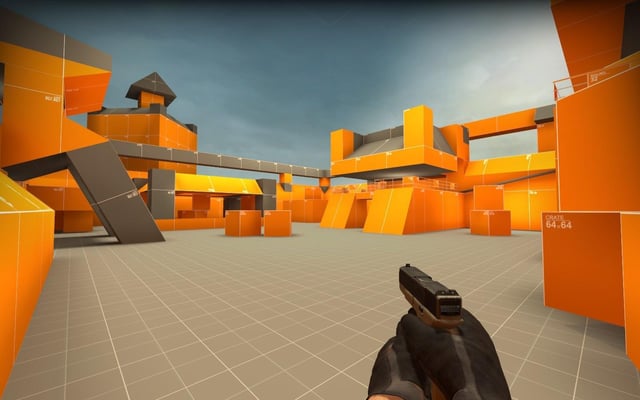
This era also saw the rise of distinct map types. Surf maps, like the iconic surf_mesa, became incredibly popular, challenging players to navigate complex courses using precise movements and the game's physics engine. Jailbreak maps, where terrorists played the role of prisoners and counter-terrorists as guards, offered a unique blend of roleplaying and action. And then there were the deathrun maps, tests of reflexes and memorization as players dodged deadly obstacles.
I remember being particularly impressed by the mappers who mastered intricate architecture. Creating believable, detailed environments within the constraints of Hammer Editor was a true art. I tried my best to emulate these techniques, spending hours tweaking vertex positions and optimizing brushwork.
Grounded Reality: Tactical Design and Competitive Focus (2006-2008)
As Counter-Strike: Source matured, a shift occurred towards realism and tactical map design. This period saw mappers creating environments that emulated real-world locations, aiming for a more immersive and believable experience.
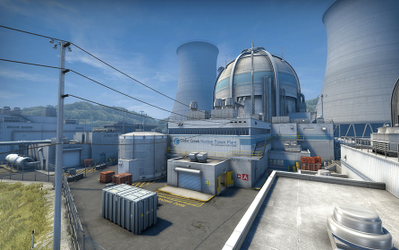
Many maps from this period found their way into competitive play, appearing in leagues like the CPL (Cyberathlete Professional League) and CAL (Cyberathlete Amateur League). The beauty of custom maps during this period was that they offered something for everyone - from serious players looking for an edge, to casual players looking for a completely different experience.
A Community Forged in Code: The Cultural Impact
Custom maps were more than just playable spaces; they fostered a vibrant community. They provided a canvas for creativity, fueled competition, and created a sense of belonging. Forums were the lifeblood of this community, and AlliedModders was arguably the most important.
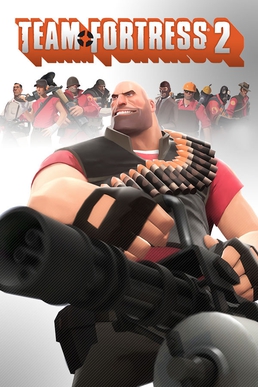
Here, mappers shared knowledge, resources, and feedback. We debated techniques, showcased our creations, and helped each other overcome technical hurdles. The collaborative spirit of AlliedModders was instrumental in raising the overall quality of CS:S custom maps. It was a place where a budding mapper could ask a question and receive help from some of the very best in the community. The forums were also essential for playtesting; sharing your map and gathering feedback from the community was crucial for polishing it.
A Legacy of Creativity: Remembering the Impact
The legacy of custom maps in Counter-Strike: Source is undeniable. They played a crucial role in the game's enduring popularity, adding replayability and variety that kept players engaged for years. Custom maps remain important to the game's identity because they transformed the game from being a straight forward tactical shooter, to a never ending source of new experiences.
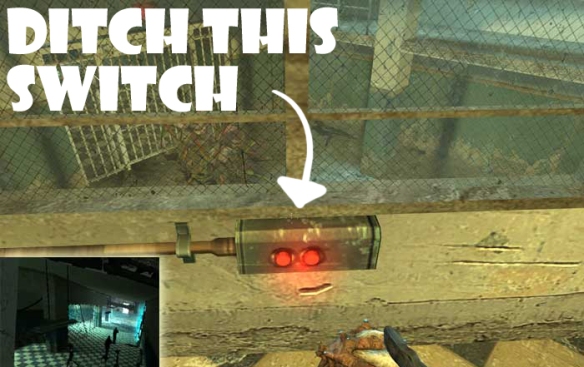
They left a lasting impact on the Counter-Strike community, fostering creativity, skill, and a deep sense of camaraderie. Many of the mappers from that era went on to pursue careers in game development, carrying with them the lessons and experiences they gained from creating custom maps. I believe the custom maps of Counter-Strike: Source represent a unique and important chapter in the history of online gaming. They were a testament to the power of community, creativity, and the enduring appeal of a truly modifiable game. The dedication of these mappers is what made Counter-Strike: Source one of the most successful games of all time.


